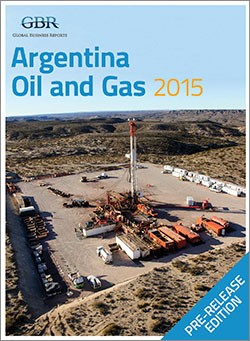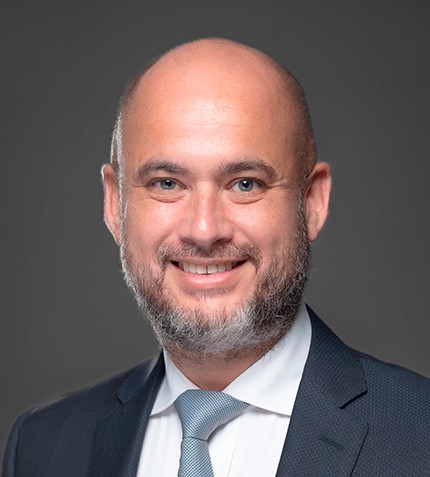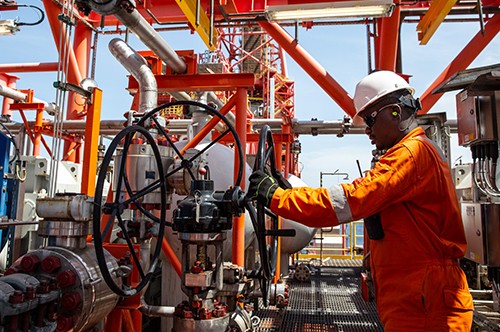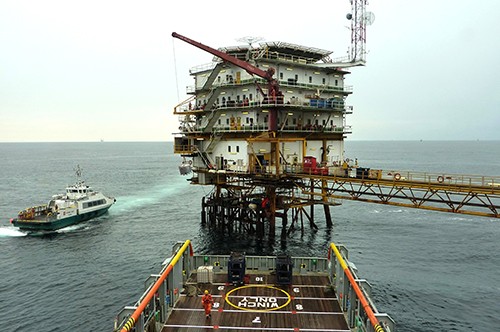
PUBLICATION
Argentina Oil & Gas 2015 Pre-Release
Well N-1, Argentina’s first oil well, was drilled in the windy city of Comodoro Rivadavia 108 years ago in 1907. Over the last century, companies like YPF, Argentina’s national oil company, and Shell have led the development of a mature oil and gas industry that has attracted the industry’s majors. Many Argentine oilmen stress that Argentina is a country with oil, but not a petrostate. Nevertheless, Argentina had been proudly energy independent since the 1980s, but became a net importer once again in 2011, to the dismay of the country’s industry and political leaders. Yet shale oil and gas discoveries in recent years may make Argentina energy independent once again.
Meat-lovers’ mouths have always watered at the thought of an Argentine steak. But another kind of Argentine dead cow has been tantalizing oil and gas investors since 2013, when the US Energy Information Administration announced that the world’s second largest shale gas reserves and fourth largest shale oil reserves lie beneath Argentina’s subsurface, mostly at Vaca Muerta.
Argentina’s newest and massive shale discoveries complement the country’s existing conventional and offshore opportunities. International players have already arrived, but Argentina will need more if the country is to develop its full hydrocarbon potential. Argentina’s presidential elections now place the country at a crossroads: either support the oil and gas industry, or face the consequences of ever-dwindling oil and gas production.













